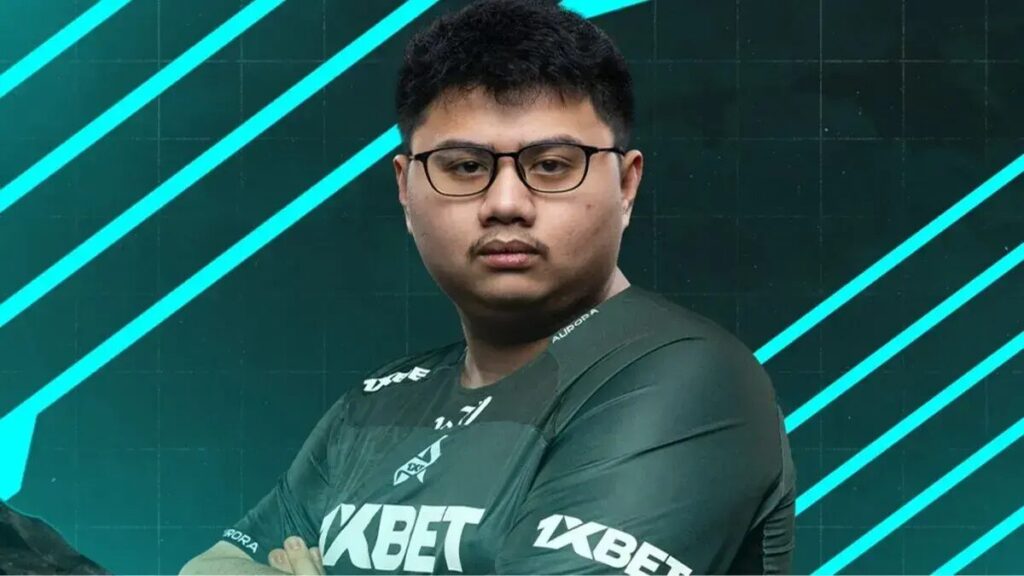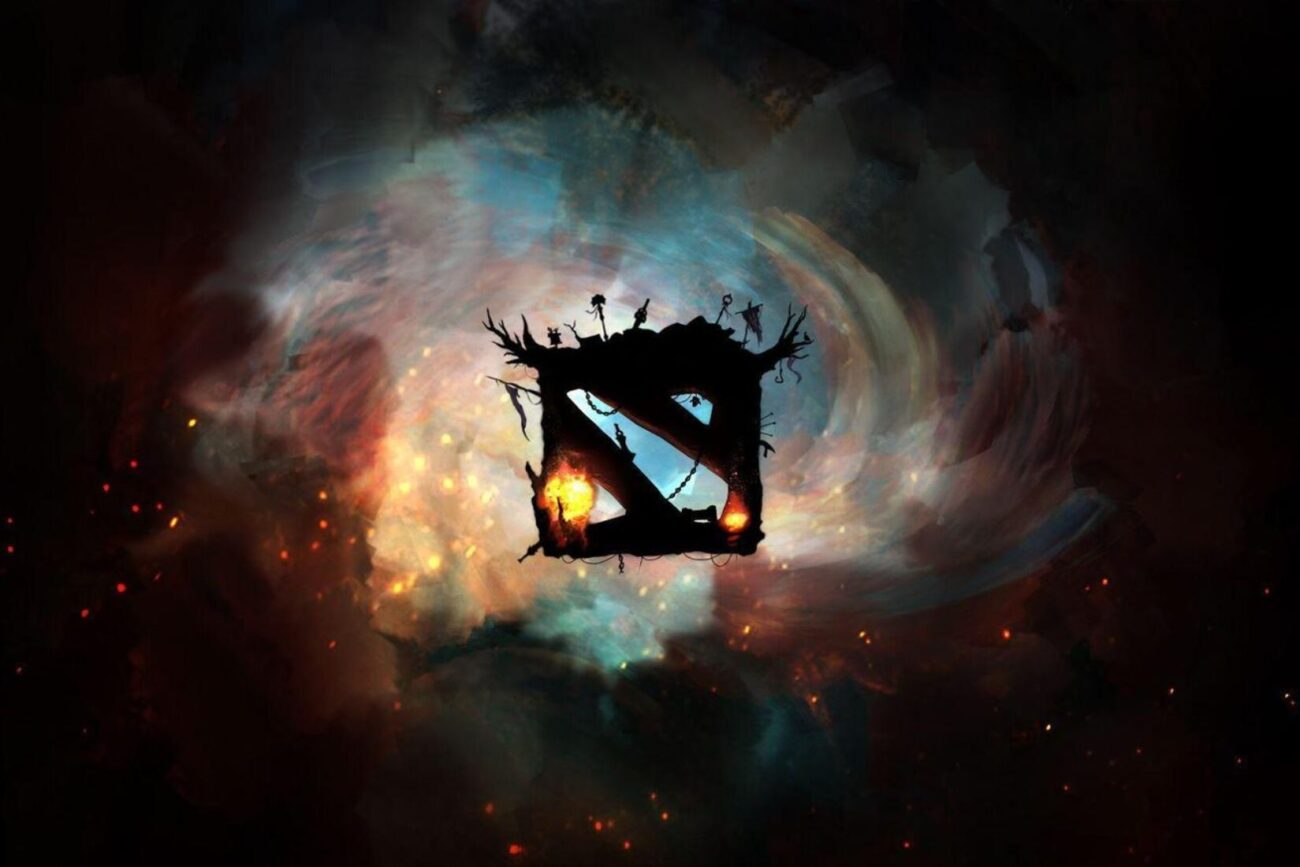The SEA Dota 2 community has long been recognized for its raw talent, fiery passion, and deeply personal connection to the game. The SEA Dota2 Player Interviews project captures that essence by transforming player experiences into compelling stories. This explainer unpacks how the series works — its purpose, format, and the kind of content fans can look forward to. Whether you follow icons like Mushi or rising talents from teams such as Talon Esports, BOOM Esports, or Geek Fam, these interviews provide a structured yet heartfelt glimpse into the people who drive Southeast Asia’s Dota scene.
Quick Look
The Concept Behind SEA Dota 2 Player Interviews

At its core, the SEA Dota2 Player Interviews series is designed to showcase the voices of regional veterans and emerging players alike. The goal is to go beyond match statistics and tournament results — it’s about discovering who they are. Each interview digs into areas such as:
- Career milestones and turning points – from early amateur tournaments to international recognition.
- Personal challenges – handling pressure, burnout, and online criticism.
- Philosophy of play – insight into hero choices, team communication, and training routines.
This format helps bridge the gap between fans and players, revealing a more personal side of esports that statistics alone can’t convey.
The Structure – SEA Dota2 Player Interviews

The interview format follows a structured yet flexible approach, ensuring every story feels unique while maintaining clarity. Typically, interviews are divided into sections:
- Opening Context: A brief background of the player’s journey, including their early start in Dota 2.
- Core Discussion: Focused questions about recent performances, strategic mindsets, or life outside the game.
- Reflective Segment: Personal reflections on their role in the SEA scene and advice for younger players.
For example, a conversation with a veteran like Mushi may focus on leadership evolution and mentorship, while a younger player like 23savage might delve into handling fame and expectations at a young age. This format balance ensures that both legacy and future narratives of SEA Dota are represented.
Storytelling Approach

Unlike typical post-match interviews, these pieces are crafted with storytelling in mind. Each feature is written to reflect the emotion, energy, and honesty of the player. For instance:
- When a player discusses a crushing tournament loss, the tone is reflective and personal.
- When describing team synergy or a comeback victory, the pacing becomes lively and inspiring.
- Visuals — such as team practice sessions or crowd moments — complement the written interviews, helping audiences feel the environment players live in.
This emotional storytelling style turns interviews into narrative-driven profiles, appealing to both hardcore esports fans and casual readers.
Why It Matters – SEA Dota2 Player Interviews

SEA Dota 2 has been through highs and lows — from Mineski’s historic Major win to regional underdogs pushing into global top echelons. The SEA Dota2 Player Interviews act as an archive of that evolving legacy. Beyond entertainment, it provides valuable insights for:
- Fans: Understanding the dedication and mindset behind every tournament run.
- Aspiring pros: Learning about pathways and pitfalls from those who’ve lived it.
- Industry observers: Gauging how SEA’s infrastructure, culture, and competitiveness have grown.
In a rapidly changing esports environment, this interview series serves as both a time capsule and a roadmap for the next generation.
Conclusion – Voices Defining SEA’s Dota 2 Future – SEA Dota2 Player Interviews
The SEA Dota2 Player Interviews stand as more than just media content — they’re a testament to the community’s diversity, resilience, and creativity. Each player’s voice adds to the larger narrative of a region still hungry for global recognition. As SEA continues to evolve in the international Dota 2 landscape, these interviews preserve its identity — authentic, emotional, and fiercely competitive.
In essence, they remind everyone that while trophies matter, it’s the stories behind the players that truly define the soul of SEA Dota 2.

